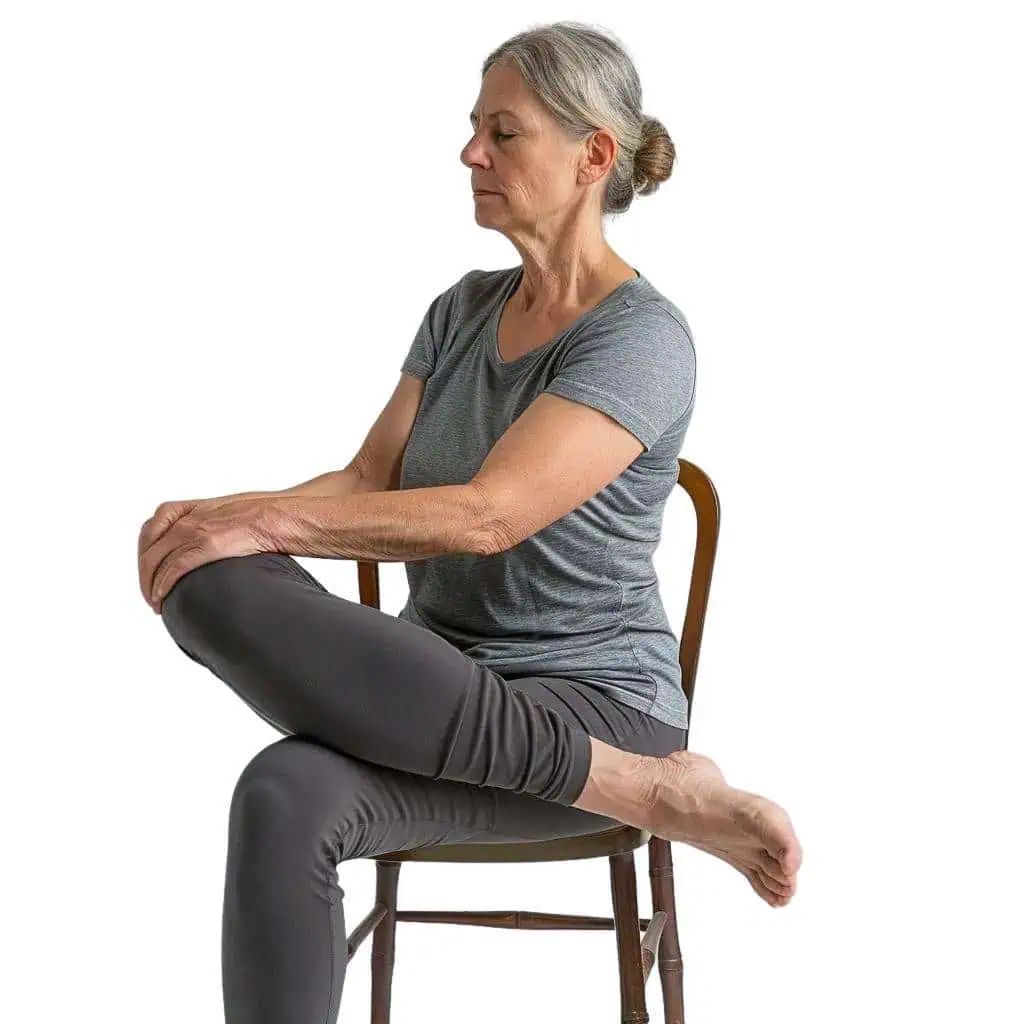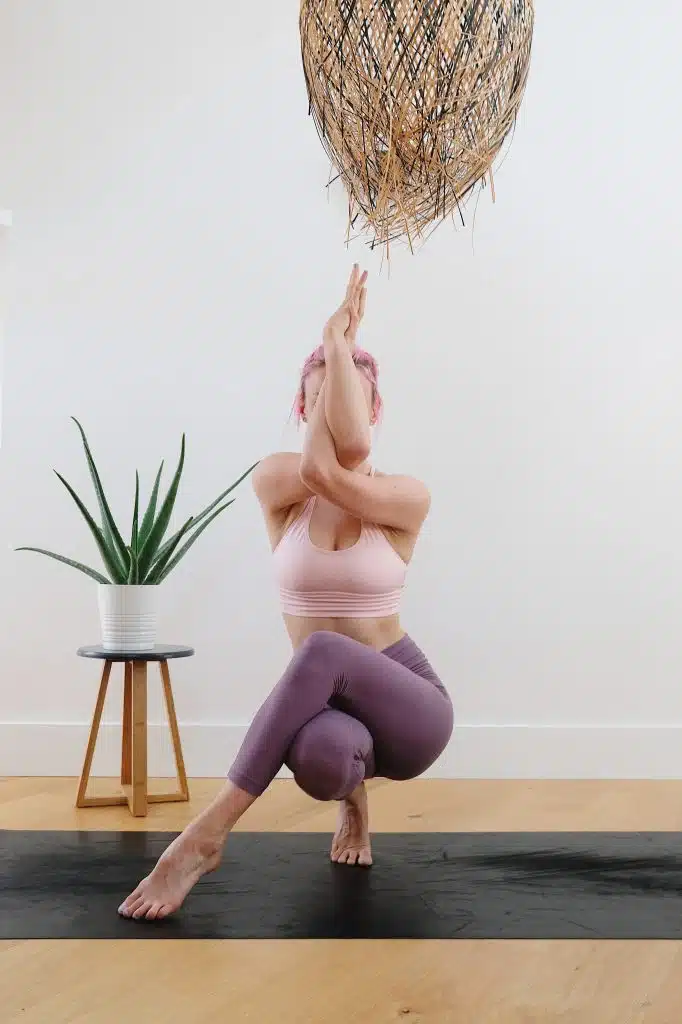Experiencing joint pain during menopause is a common issue that many women face. As estrogen levels fluctuate and eventually decrease, these hormonal changes can affect the health of your joints, leading to discomfort and pain. While hormone replacement therapy is a known treatment for menopausal symptoms, including joint pain, natural remedies can also offer relief without the need for medications. By understanding how menopause contributes to joint pain, we can explore various natural approaches to alleviate it.

Adjusting one’s diet and incorporating specific supplements can play a pivotal role in managing menopausal joint pain. Anti-inflammatory foods may reduce joint discomfort, while certain supplements like omega-3 fatty acids have shown promise in supporting joint health. Additionally, engaging in regular physical activities can strengthen muscles around joints, maintain flexibility, and improve overall well-being. Alternative therapeutic practices, such as acupuncture or yoga, may also contribute to effective pain management during this transition. Making lifestyle changes and understanding your body’s inflammatory response are critical steps in addressing menopause-related joint pain.
Key Takeaways
- Menopausal joint pain is often linked to hormonal changes, and natural remedies can be effective.
- Dietary adjustments and natural supplements might alleviate joint pain without medication.
- Regular exercise and alternative therapies can enhance joint function and reduce discomfort.
Understanding Menopause and Joint Pain
In my experience, the transition into menopause can sometimes bring about joint pain, which is a common but often overlooked symptom. Understanding the relationship between menopause and joint discomfort is pivotal for finding relief.
The Link Between Menopause and Joint Pain
The onset of menopause can mark a period where women experience increased joint pain. This is primarily because estrogen, a hormone that protects joints and reduces inflammation, decreases during menopause. Women may notice joint pain as one of the many menopause symptoms they encounter.
Symptoms and Early Signs
Joint pain during menopause can manifest in various body parts, such as hands, knees, hips, and spine. Early signs include stiffness upon waking or after sitting for long periods, and swelling in the joints. As estrogen levels diminish during perimenopause, these symptoms can become more pronounced.
Hormonal Changes and Their Impact on Joints
The reduction of oestrogen is quite significant in the development of joint pain as it influences the health and inflammation of joint tissues. Hormonal changes, particularly the decrease of estrogen and oestrogen, can result in a decline in bone density, which may indirectly exacerbate joint discomfort. These hormonal changes also contribute to symptoms beyond joint pain, like hot flashes and night sweats.
Dietary Approaches to Relieve Joint Pain
In managing menopause joint pain, I’ve learned that diet plays a critical role. By focusing on certain foods and nutrients, we can target inflammation and bolster joint health.
Anti-Inflammatory Foods
In my experience, incorporating anti-inflammatory foods into the daily menu can make a significant difference. I find that turmeric, with its active compound curcumin, is particularly effective in reducing inflammation and joint pain due to its ability to inhibit key molecules involved in inflammation. Including omega-3 rich foods like sardines and flaxseeds also helps. They can be paired with a variety of vegetables in meals to enhance an anti-inflammatory diet.
Foods to Avoid
It’s just as important to know which foods to avoid to minimize joint pain. I exclude inflammatory foods such as sugar, dairy, and processed foods from my diet. Reducing alcohol and caffeine intake also helps curb inflammation.
Hydration and Joint Pain Relief
Staying hydrated is crucial for relieving joint pain. I make sure to drink plenty of water throughout the day, as proper hydration supports overall joint and cartilage health. In my routine, I sometimes include foods with high water content for variety and added nutrients.
Nutrients Essential for Joint Health
Key nutrients are essential for maintaining joint health during menopause. I ensure my diet has adequate calcium and vitamin D for bone strength. Foods rich in magnesium, such as beans and whole grains, support muscle functions around the joints. Additionally, I make soy products a staple in my diet because they contain phytoestrogens which have been associated with reduced inflammation. And not to forget, probiotics are beneficial for gut health, which can impact inflammation and thus, joint pain.
Natural Supplements for Joint Pain

In seeking relief from joint pain during menopause, I’ve found that natural supplements can play a significant role. They serve as an adjunct to other treatments and may help support joint health.
Herbal and Plant-Based Supplements
Turmeric and Curcumin: These are derived from the turmeric plant and have anti-inflammatory properties. Studies suggest that curcumin, the active ingredient in turmeric, reduces joint pain associated with menopause.
Glucosamine and Chondroitin: These supplements are often used for osteoarthritis. Glucosamine helps keep the cartilage in joints healthy, while chondroitin is believed to aid in elasticity and prevent the breakdown of cartilage.
Omega-3 Fatty Acids: commonly found in fish oil, have been shown to reduce joint stiffness and pain due to their anti-inflammatory effect.
Flaxseed: Rich in omega-3 fatty acids, flaxseed may help decrease joint pain and inflammation.
Black Cohosh and Evening Primrose Oil: For some women, these have been helpful in reducing menopause symptoms, including joint pain. Black cohosh may help because of its estrogen-like effects, while evening primrose oil provides fatty acids.
Soybean: Isoflavones in soybeans mimic estrogen and might help in reducing joint pain related to menopause.
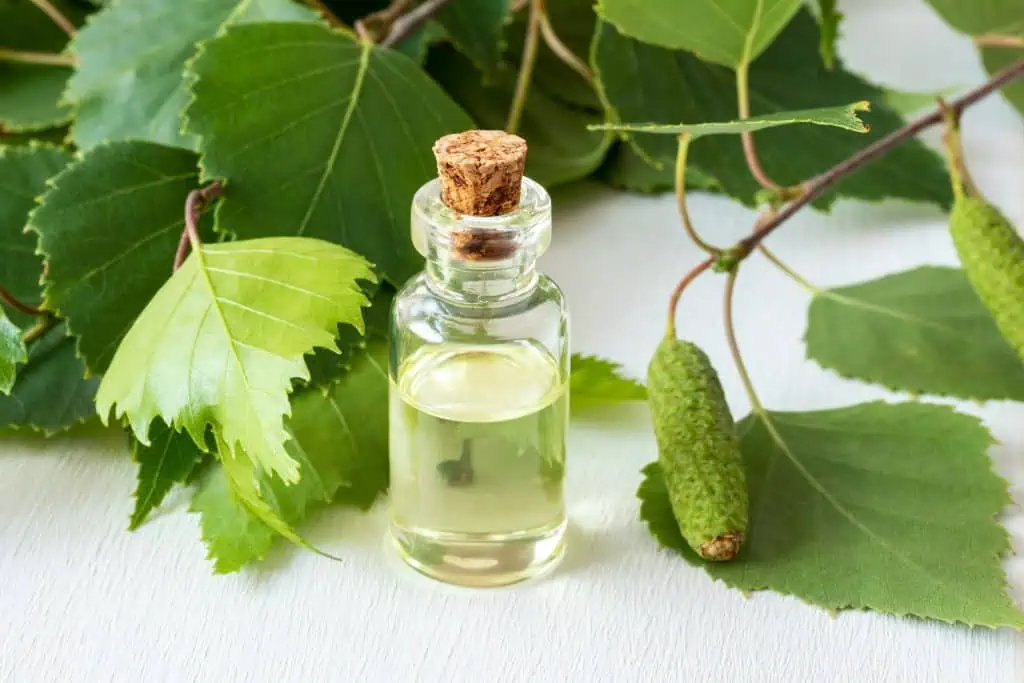
Key Vitamins and Minerals for Joints
Vitamin D: Essential for calcium absorption, vitamin D is crucial for maintaining strong bones and joint health. Insufficient levels can increase the risk of joint pain.
Calcium: Vital for bone health, calcium works synergistically with vitamin D to maintain bone strength and density.
Magnesium: It’s important for bone health and regulating inflammation. Adequate magnesium levels may help with joint pain management.
Supplement Safety and Considerations
When considering natural supplements, it’s important to be aware of potential side effects and interactions with medications I might be taking. For instance, turmeric can thin the blood, similar to the effect of aspirin.
Probiotics are generally considered safe, but it’s always wise to consult with a healthcare professional before starting any new supplement, especially if I have existing health conditions or am on medication. The dosage and quality of supplements can also vary widely, so choosing reputable brands is important for ensuring safety and efficacy.
Physical Activity and Exercise

In my experience, integrating regular exercise into your routine can significantly alleviate joint pain during menopause. A strategic approach combining strengthening, flexibility, and low-impact workouts offers the most benefit.
Benefits of Regular Exercise
Regular exercise plays a crucial role in managing menopausal symptoms, including joint pain. I’ve found that staying active helps maintain weight management which is important because excess weight can strain your joints, potentially making pain worse. Additionally, regular movement can improve range of motion and reduce the severity of hot flashes. It also contributes to bone density, reducing the risk of osteoporosis.
Exercises for Strengthening Joints
To strengthen my joints, I focus on low-impact activities. Swimming and cycling are excellent options that I recommend because they put minimal stress on the joints. Strength training is indispensable; even simple bodyweight exercises or the use of resistance bands can boost muscle strength around joints, enhancing stability and reducing pain. Here’s a workout table I use for guidance:
| Day | Activity | Details |
|---|---|---|
| Monday | Strengthening Exercises | Bodyweight squats, leg presses |
| Tuesday | Low-impact Cardio | Swimming, 30 minutes |
| Wednesday | Rest | |
| Thursday | Strengthening Exercises | Resistance band workouts |
| Friday | Low-impact Cardio | Cycling, 45 minutes |
| Saturday | Rest | |
| Sunday | Light Activity | Gentle walk or stretching |
Restorative Practices for Flexibility and Movement
Yoga and Pilates have been integral to improving my flexibility and movement. They encourage a full range of motion, which is key in managing joint pain. Practicing these regularly has also enhanced my flexibility and helped me find relief from painful joints. It’s important to include a variety of postures that promote movement across different planes for overall joint health.
Alternative Therapies and Pain Management

In my exploration of menopause joint pain, I’ve found that alternative therapies can offer significant relief without relying solely on medication. These methods often enhance the body’s natural healing processes and can improve overall well-being.
Manual Therapies
Manual therapies, such as massage, acupuncture, and chiropractic care, can be potent tools. I’ve learned that massage can alleviate tension in the muscles around joints, leading to pain relief and improved movement. Acupuncture, with its fine needles targeting specific points, can reduce pain and potentially lessen the intensity of night sweats and vaginal dryness. As for chiropractic care, it can improve joint alignment and mobility, reducing stress on the body.
Heat and Cold Treatments
Speaking from experience, heat therapy and cold therapy are easily accessible and effective. Applying heat can relax muscles and improve lubrication in joints, which is particularly soothing during episodes of pain. Cold treatments, typically involving ice packs, are excellent for reducing inflammation and swelling. For example, utilizing a heating pad or taking a warm bath can provide not only relief from joint pain but also alleviate stress that might exacerbate the pain.
Mind-Body Practices
The power of the mind in managing menopause symptoms should not be underestimated. Practices like meditation and various relaxation techniques play a crucial role in controlling the psychological aspects of menopause, such as stress, anxiety, and depression. I’ve noticed that consistent meditation helps improve my sleep patterns and manage stress, which can otherwise trigger or worsen symptoms like joint pain and night sweats.
Lifestyle Modifications and Joint Health
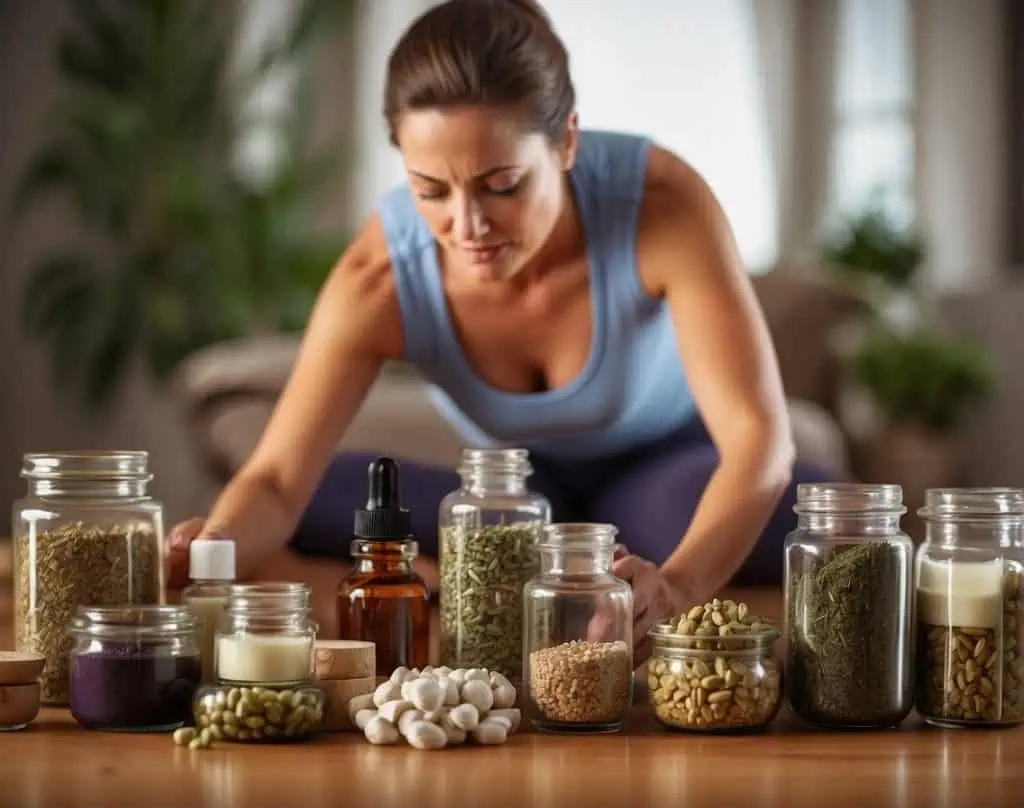
As we age, our joints can begin to show signs of wear, and for those going through menopause, this can be exasperated by hormonal changes. However, I can mitigate these effects through smart lifestyle modifications. Let’s explore the impact of weight management, sleep quality, and stress management on joint health and emotional well-being.
Weight Management and Joint Stress
I understand that carrying extra weight puts additional stress on my joints, especially those that bear the weight of my body like my hips and knees. By managing my weight, I can reduce this stress and potentially alleviate joint pain. A combination of a balanced diet and regular, low-impact exercises such as swimming or cycling aids in weight loss and weight management, which is beneficial for my joint health.
Sleep Quality and Joint Pain
Quality sleep is crucial for my overall health and can impact the way my body perceives pain. Experiencing night sweats and disturbances owing to menopause can affect my sleep patterns. I should aim for 7-9 hours of uninterrupted sleep to give my body enough time to repair itself. This could be achieved by implementing a consistent sleep schedule, making my bedroom comfortable and free from disturbances, and using relaxation techniques before bed to combat any anxiety or depression that can interfere with my sleep.
Stress Management and Emotional Well-Being
Stress can have a profound effect on my body, triggering inflammation that may exacerbate joint pain. To manage my stress levels, I incorporate activities that promote relaxation and emotional well-being. Examples include yoga, meditation, or deep-breathing exercises. Consistent movement through low-impact exercises not only helps with maintaining a healthy weight but also reduces the risk of joint stiffness. Building a support network to talk about my experiences with menopause, such as the emotional aspect of aging, can also alleviate feelings of stress.
Understanding and Targeting Inflammation
Inflammation is the body’s natural response to injury or stress, but chronic inflammation can exacerbate joint pain, especially during aging. My focus is to explore natural remedies for reducing inflammation and identifying triggers that can worsen the condition.
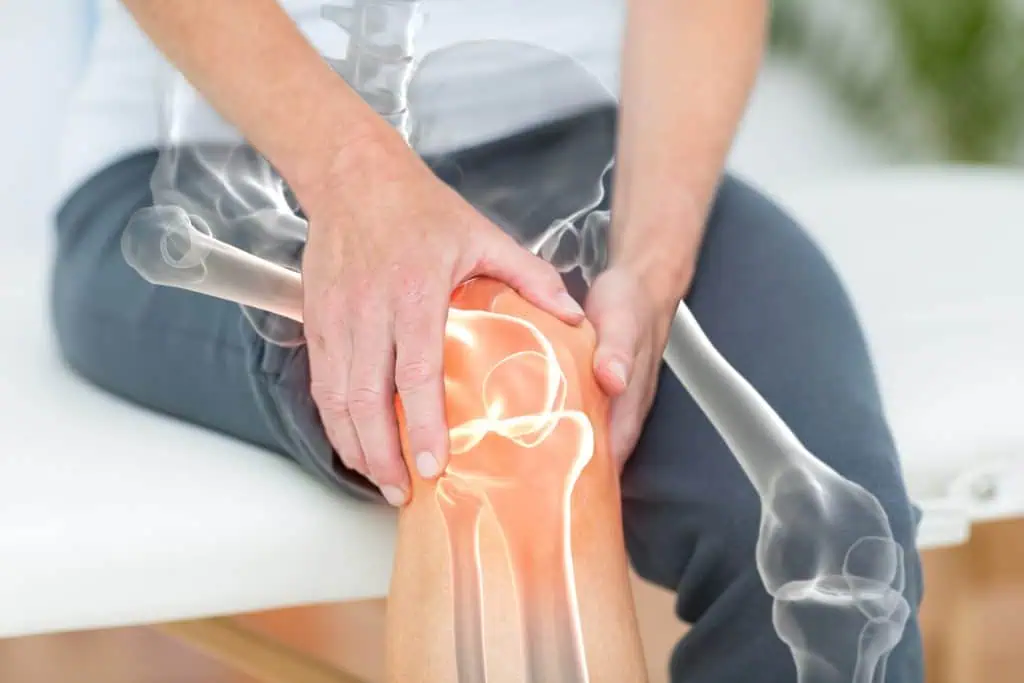
Natural Anti-Inflammatory Remedies
Foods: My diet plays a crucial role in managing inflammation. I ensure to include anti-inflammatory foods that can help reduce joint inflammation and pain. Here’s a list of some of the top items I incorporate into my meals:
- Omega-3 rich foods: Salmon, flaxseeds, and walnuts help counteract inflammation.
- Herbs and spices: Incorporating turmeric (due to its curcumin content), cinnamon, and garlic into my diet helps reduce inflammatory markers in my body.
Supplements: For an additional boost, I take supplements known for their anti-inflammatory properties:
- Turmeric/Curcumin: Renowned for reducing inflammation in joints.
- Omega-3 Fatty Acid Supplements: Useful if I don’t get enough from my diet.
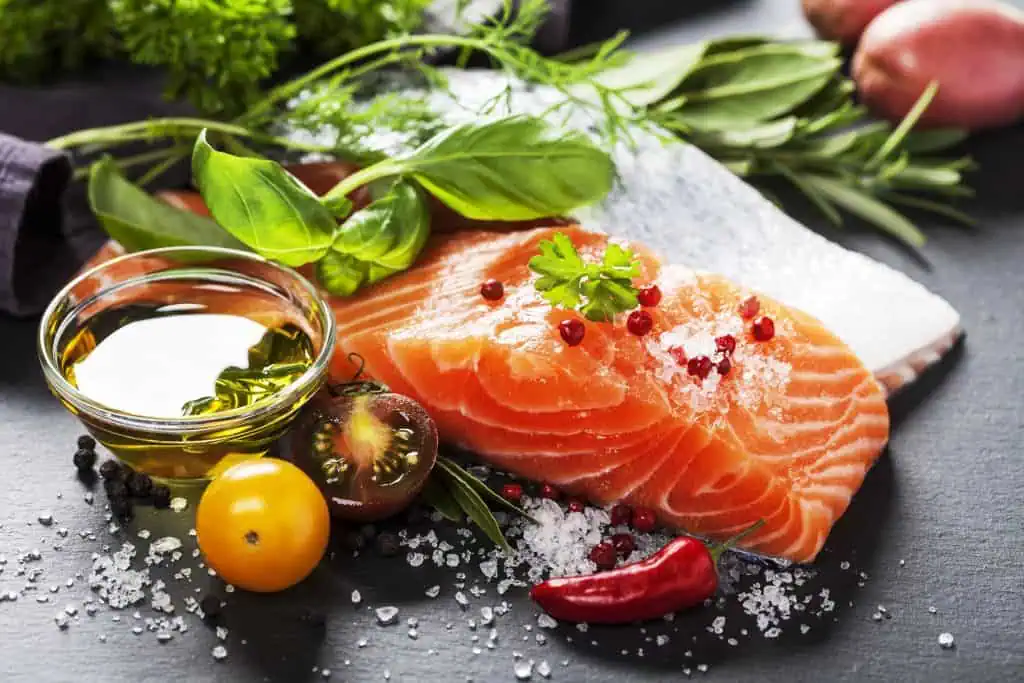
Identifying and Reducing Inflammatory Triggers
To keep inflammation at bay, it’s imperative for me to identify and avoid triggers that cause inflammatory flare-ups:
- Processed Foods: I steer clear from foods high in trans fats, sugars, and refined carbohydrates as they can promote inflammation.
- Stress: High stress levels can worsen inflammation, so I adopt stress-reduction techniques such as yoga and meditation.
- Physical Inactivity: Regular exercise is important for me; it can prevent stiffness and bolster joint function.
By maintaining a balanced diet rich in anti-inflammatory foods and being mindful of inflammatory triggers, I can effectively target and alleviate joint inflammation.
Hormone Replacement Therapy and Joint Pain
Hormone Replacement Therapy (HRT) is a treatment I often discuss with patients experiencing menopausal symptoms, including joint pain, hot flashes, and night sweats. Research has shown that stabilizing estrogen levels through HRT may alleviate these symptoms, particularly joint pain, by addressing the hormonal imbalance caused by menopause.
Efficacy and Potential Benefits
When I prescribe HRT to my patients, my primary goal is the relief of menopause-related joint pain. Estrogen is believed to have anti-inflammatory effects, which is why decreased estrogen levels during menopause can exacerbate inflammation and contribute to joint pain. By replenishing the body’s estrogen levels, HRT can potentially reduce inflammation and alleviate joint pain. Additionally, HRT may offer benefits like bone density maintenance, reducing the risk of osteoporosis, and relief from other menopause symptoms such as vaginal dryness and depression.
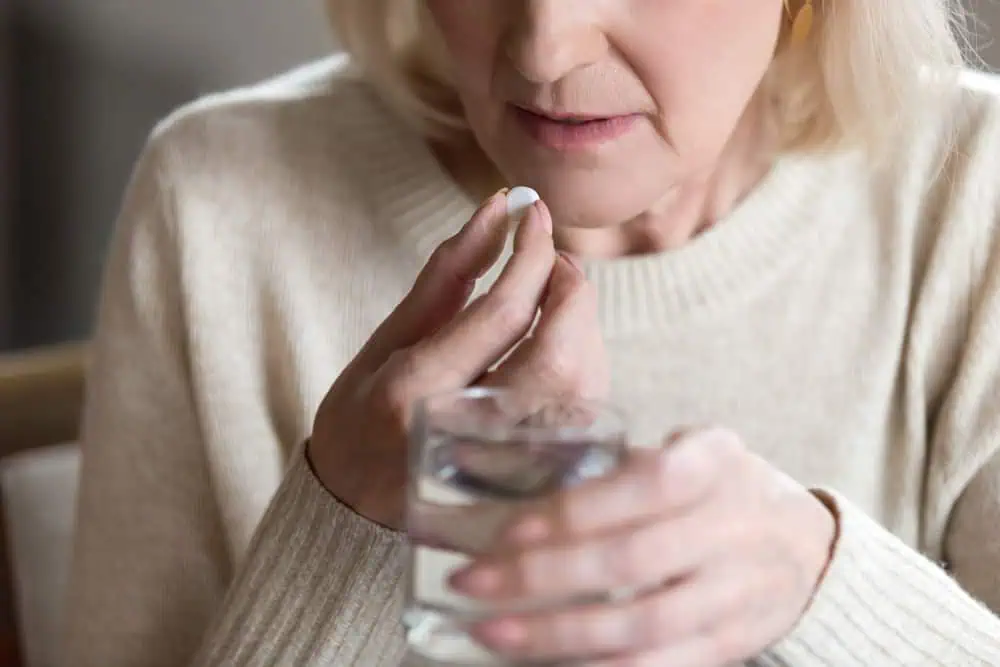
Possible Side Effects and Risks
While the benefits of HRT can be significant, I always emphasize the importance of understanding the potential risks and side effects. These may include an increased risk of certain types of cancer, blood clots, and stroke, particularly when taken over a longer term. Women considering HRT must be assessed for their individual risk factors, and it’s crucial to monitor for side effects like breast tenderness, headaches, nausea, and mood changes. Weighing these risks against the benefits is a key part of my dialogue with patients considering HRT for joint pain during menopause.
When to Seek Medical Advice
When you’re managing joint pain during menopause, it’s important to recognize when self-care isn’t enough and medical advice is needed. My goal is to outline the circumstances under which I would recommend consulting a healthcare professional.
Recognizing Signs of Joint Disorders
If I notice persistent joint pain that involves swelling, redness, or a significant decrease in my range of movement, I consider these to be warning signs. These symptoms might indicate an underlying condition like osteoarthritis or rheumatoid arthritis, particularly if they’re accompanied by morning stiffness or aches and pains that don’t improve with time.
Pain that becomes progressively worse, affects multiple joints such as my knees, elbows, or hands, or joint stiffness that lingers for longer than it should may signify more than just menopausal changes. Also, when there is back pain that restricts my daily activities or doesn’t improve with rest, it’s wise to bring this to the attention of a healthcare provider.
Consulting Healthcare Professionals
I understand the importance of consulting healthcare professionals whenever I experience symptoms that could point to joint disorders. If my usual regime of managing menopausal symptoms isn’t alleviating my joint discomfort, I seek advice to ensure I’m not overlooking a potential injury or issue with my bone density, which is particularly important as I age.
It’s imperative to seek medical guidance if the joint pain I am experiencing affects my quality of life. Unaddressed joint symptoms, such as persistent aches or swelling in my neck, shoulders, or hips, may lead to long-term damage if not properly evaluated and treated. If I find that movement is painful to the extent that it limits my everyday activities, it’s a clear sign to consult with a healthcare professional. They can provide a tailored approach to manage my joint pain, which may include lifestyle interventions, medication, and possibly physical therapy.
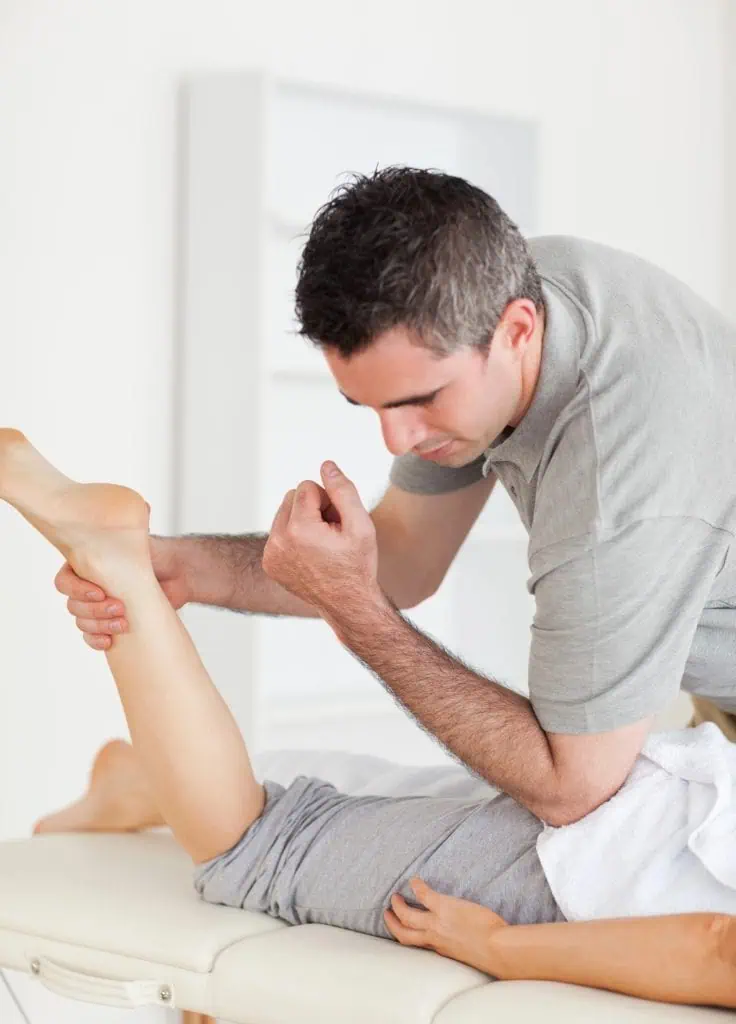
Frequently Asked Questions
I understand that dealing with joint pain during menopause can be challenging, but there are various natural remedies people consider. Here, I answer some common questions about easing this discomfort naturally.
What natural supplements can alleviate joint pain associated with menopause?
Natural supplements like glucosamine and chondroitin might help to reduce joint pain. Omega-3 fatty acids and vitamin D are also suggested for their anti-inflammatory properties and potential to support joint health.
Which home remedies are effective in treating menopause-related joint discomfort?
Simple home remedies such as heat or cold therapy, gentle exercise, and stress-reduction techniques like yoga and meditation may provide relief from menopause-related joint discomfort.
Is there a possibility for joint pain to subside after menopause?
There is a possibility for joint pain to subside after menopause, as hormone levels stabilize, but it can depend on individual health factors. It’s helpful to maintain a healthy lifestyle for ongoing joint support.
Can dietary or lifestyle changes reduce joint pain during menopause?
Yes, dietary or lifestyle changes can play a crucial role. Incorporating anti-inflammatory foods, staying hydrated, maintaining a healthy weight, and getting regular exercise can help manage joint pain during menopause.
What are the common symptoms and experiences of joint pain in menopausal women?
Common symptoms include stiffness, swelling, and discomfort, particularly in the hands, knees, and hips. These symptoms can affect daily activities and overall quality of life.
How long can joint pain typically last during the menopausal transition?
The duration of joint pain can vary widely among individuals undergoing menopause. Some may experience pain for a short time, while others might find it persists until after the menopausal transition is complete.




